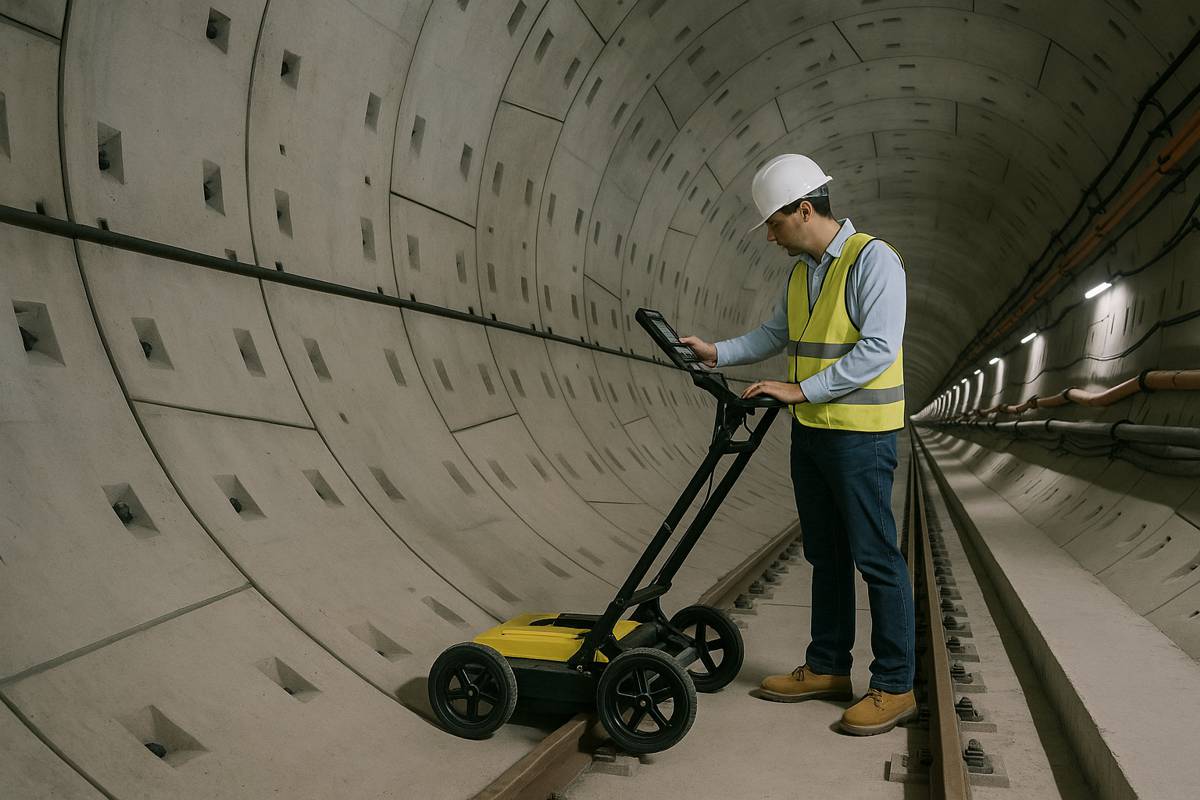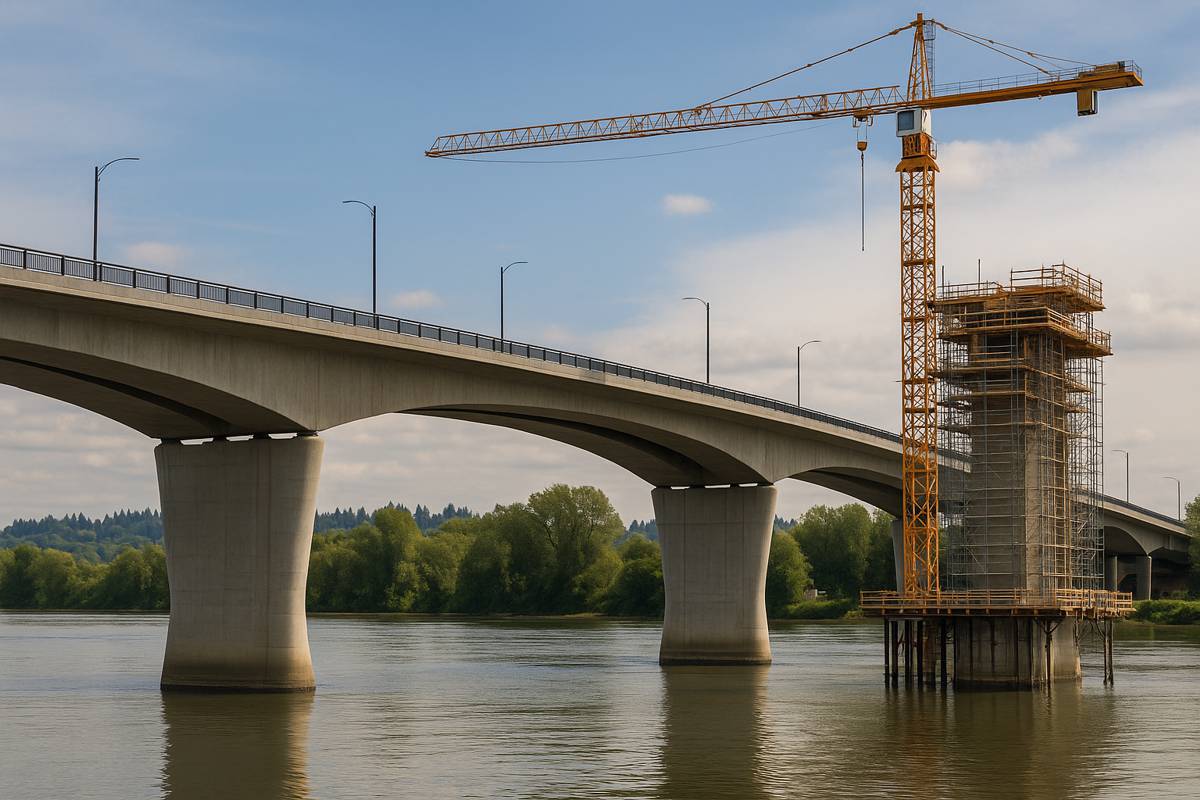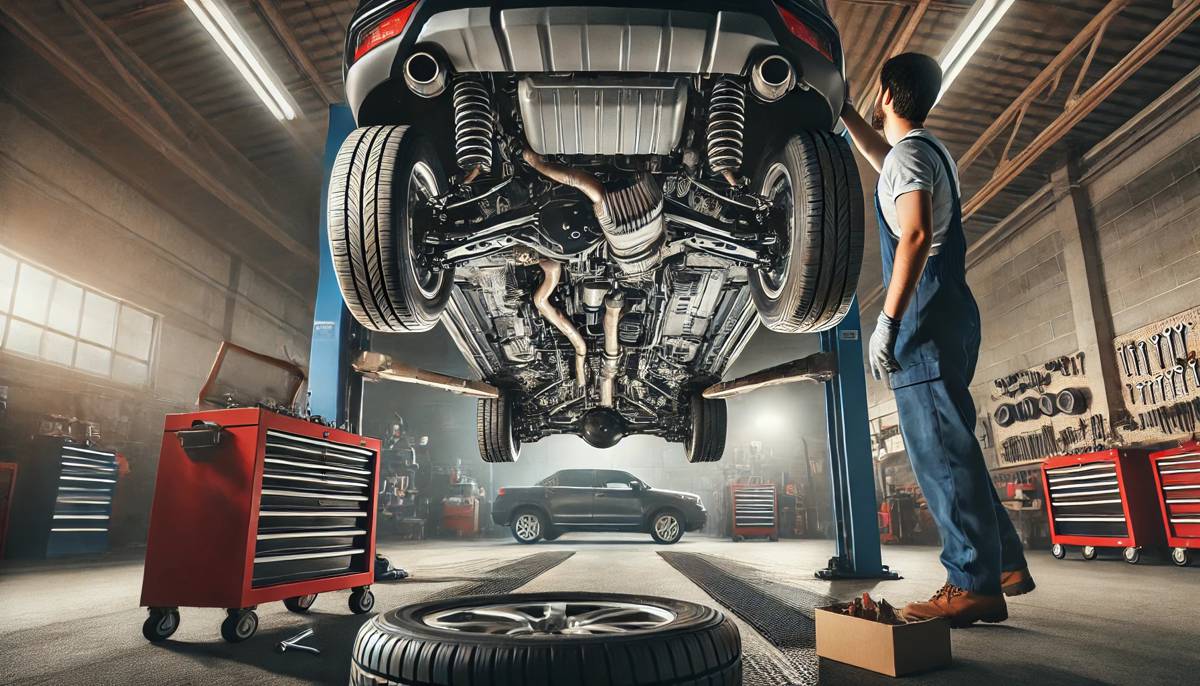A to Z of Friction Testing for Highways and Runways
The summer months are upon us now and as the weather warms up, rain subsides and resurfacing is in full swing survey vehicles all across the country are out collect data on Skid Resistance on local authority and trunk roads. With ever decreasing budgets and litigation rising, protecting yourself and better use of limited resources is paramount for engineers’ today and annual Skid Resistance/Friction Surveys are one way to help with both.
Asset Management is becoming ever increasingly important with declining budgets. Testing your network for Skid Resistance is a good way to better distribute budgets by targeting areas that are failing. As Skid Resistance is a strong surface performance indicator areas that have fallen below Investigatory Levels can be ranked after inspection in order to target areas of the network that require immediate action and others that can wait until next year. A strong, localised Skid Resistance Policy provides protection against litigation and allows engineers to focus resources on areas that really need it.
Budget limitations and fear of the cost of work needed to bring a network up to the required level of skid resistance are common concerns from local authorities who do not currently survey their network. However, a good localised Skid Resistance Policy will mitigate for this and it will not be necessary to resurface your entire network. The minimal cost of implementing an annual skid resistance survey and a localised Skid Resistance Policy is far more cost effective than litigation for not.
Calibration of equipment is paramount when testing for Skid Resistance. All Continuous Friction Measuring Equipment (CFME) such as GripTester must be correlated annually by the manufacturer and calibrated regularly by the operator. All certification should be provided with the surveys or available on request from the operator.
Design Manual for Roads and Bridges is the code of practise for the trunk roads and local authorities without localised Skid Resistance Policies in place will be defaulted back to this standard in court which may not be applicable due to the diverse nature of their networks.
Efficiently planned surveys by a reputable testing company or local authority testing their own network can save water, time and be extremely cost efficient.
Failing network does not necessarily mean that the whole network needs to be resurfaced or replaced. The basis of a good Skid Resistance Policy is based around Investigatory Levels that can be moved depending on numerous factors such as traffic volume, road classification and location based factors. Investigatory Levels can be adjusted to suit your network and areas that fail that cannot be rectified because of budgetary constraints can be fed back into the system to be treated next year.
GripTester is a trailer based CFME manufactured by Findlay Irvine. It works by measuring the forces placed onto an axel generated from the contact from a standardised measuring tyre and the road surface. These forces produce a GripNumber, or Skid Resistance level that can be compared with other testing devices such as pendulum and Sideways Force Co-efficient. As it is a trailer based device it can be towed by any van like vehicle, with a water delivery system installed, and is cost effective enough for local authorities to own and carry out their own surveys. As it is trailer based, it is suited to rural and urban environments due to its manoeuvrability. It is currently being used to test networks by numerous companies, local authorities across the world including Transport Scotland who test all new surfaces after 4 weeks and 6months to monitor surface performance as well as early life Skid Resistance.
HD28 is the standard for the trunk roads for Skid Resistance testing in the DRMB and the basis for most localised Skid Resistance Policies. HD28 outlines the policies for the trunk road including Investigatory Levels, when to put out slippery when wet signs, legislation and procedure for identification and prioritisation for sites and sit investigations. As it is written for trunk roads, it refers to Sideways Force Co-efficient surveys however; any CFME that is officially correlated with Sideways Force Co-efficient can be used to survey local authority roads in the UK.
Investigatory Levels are the levels of Skid Resistance, depending on site category, at which a road operator must carry out a sit investigation. Investigatory Levels are not set in stone and can moved and adjusted on a site by site basis should it be appropriate. Also, they only require an investigation not an intervention. The Investigatory Levels throughout the network that is surveyed for Skid Resistance must be reviewed on a rolling program so that changes in the network are identified and taken into account, local experience is applied and consistency is maintained.
Junctions and roundabouts can be areas where aggregate polishes quickly due to the braking and turning action of vehicles resulting in a decrease of Skid Resistance. Testing them as part of an annual Skid Resistance Survey, or as single site surveys, allow engineers to monitor the surface state and take preventative action before incidents begin to happen.
Keeping out of court is obviously desirable to all road operators and by implementing a localised Skid Resistance policy, testing annually and following the policy can help with this.
Localised Skid Resistance Policy when adopted by a local authority supersedes HD28 and offers protection and more achievable standards for networks that are far more diverse in nature than that of the trunk roads. There is plenty of help to write a localised Skid Resistance Policy available online or direct from Findlay Irvine.
Micro GripTester is the portable push version of the full GripTester. It is the only push CFME in the world with an automatic water system, touchscreen computer built-in and able to measure friction on any surface type. The micro GripTester was developed as a replacement for pendulum and designed to be used in areas that the full GripTester or other CFMEs cannot. It is currently being used by Local Authorities around the UK to measure Skid Resistance on lining, markings, HFS, pedestrian areas, iron works, utility reinstatements, overband sealing to name but a few.
New surfaces have a well-established link to increased risk of wet skidding accidents caused by early life Skid Resistance issues. This can be caused by excess bitumen in the mix blinding the micro-texture of the asphalt, over-rolling or numerous other factors. Although, it will improve with time and trafficking early life Skid Resistance is a danger to road users and action should be taken by network operators to mitigate against such risks. By regularly testing and monitoring new surfaces the correct treatment or course of action can be taken such as siting ‘Slippery when Wet’ signs or using Re-texturing to treat the affected area.
Operator competence and experience is imperative to the successful gathering of data carried out by any CFME. The competence of the operator will define the quality of the data produced due to their ability to ensure correct protocols and best practises are adhered to, consistent lines are followed and the correct site Investigatory Levels are selected. Regular training of operators is essential and should always be kept up-to-date.
Performance Indicators are critical in order to insure value for money and whole-life cost of expenditure is maximised for local authorities. Skid Resistance is strong performance indicator of a surface and can indicate to Engineers that preventative or other treatments are needed to maximise the life of a surface. By implementing a Skid Resistance Policy and using Annual Skid Resistance Surveys it encourages Engineers to carry out more site visits and helps with decision the making process when deciding where best to allocate limited resources and budgets.
Question the correlation of any provider of CFME or Skid Resistance Surveys. By insisting on calibration and correlation certificates of machines used to test your network Engineers can minimise the risk of being supplied raw data. CFME by nature are sensitive pieces of measuring equipment and must be correlated with standard machines and calibrated annually to ensure good that they are gathering high quality data. Sideways Force Co-efficient and GripTester also undertake a correlation every 5 years or so by an independent highways testing house under controlled conditions on a variety of different surfaces. This allows the results from Sideways Force Co-efficient and GripTester to be directly compared and is therefore interchangeable. However, it is important to remember that they are using different methodologies and have their own strengths and weaknesses.
Repeatability and Reproducibility is paramount to the standardised testing quality of data gathered by any type of CFME. It is imperative that when selecting the appropriate testing method repeatability and reproducibility of the testing method is strong in order to ensure a favourable rate of comparison can be achieved if different CFME from the same manufacturer are used.
Sideways-force Coefficient Routine Investigation Machine was developed by TRL and WDM in the 1960s and is the standard for Skid Resistance testing in the UK, and more generally most other countries’ throughout the developed world. The system is well established and uses a standardised measuring wheel placed in the inside wheel track at an angle in order to generate a Sideways Force Coefficient (SFC) or Skid Resistance Value. Sideways Force Co-efficient is the standard for testing on the UK Trunk Road Network operated by the Highways Agency. The Sideways-force Coefficient Routine Investigation Machine is an HGV so it is highly visible and suited to high-speed networks such as motorways and dual carriageways.
Training is extremely important as only through operator training can any CFME be properly maintained, calibrated and operated. Although CFME software, calibrations and maintenance is relatively straight forward it is also complicated and therefore best practise dictates that operators should be trained regularly in order to minimise costly errors.
UKPMS is the standard format adopted by most Local Authorities in the UK for their Pavement Management Systems. These systems allow data about a network to be stored, viewed and managed via a centralised system and by having open source, pre-set formats any manufacturer can collect data and convert it into a compatible format for upload. All good CFME devices will have the ability to convert data collected by their machine into the UKPMS HMDF format that allows this to happen. All reputable survey companies in the UK will have this ability and offer to deliver the data in said format.
Vehicle size, type of network, cost are the major points for consideration when deciding on the best CFME device to test the Skid Resistance of a network. If your network is made up of mainly high-speed dual carriage ways, wide sections of road or Motorways then the Sideways-force Coefficient Routine Investigation Machine maybe the most appropriate friction tester to provide the best quality of data. If you network consists of rural, urban or tight carriageways GripTester will be the better choice as it is a trailer based CFME towed by a van which is by nature, more suited to such an environment. However, one certain type of CFME may not necessarily be the best choice for your network. Due to the correlation factors results from Sideways-force Coefficient Routine Investigation Machine and GripTester are comparable and therefore both can be used to maximise the quality of data collected.
Weather is vitally important to Skid Resistance testing and the data produced. Skid Resistance testing, for full network surveys, is carried out during the summer months between May and October. This is because seasonal variations will affect the data gathered. Skid Resistance is at its highest during the winter months because high levels of rain clean the road surface and remove detritus, salting and gritting combined with trafficking naturally abrades the microtexture of the aggregate and removing any excess binder increasing friction levels. Skid Resistance is at its lowest during the summer months after a period of dry, warm weather followed by heavy rain. That is why Skid Resistance network surveys are implemented during the summer months. Good practise also dictates that Skid Resistance network surveys are subject to Seasonal Correction Factors. This is decided by either benchmarking certain sites on a network throughout the year or testing in a three year cyclic process to determine a mean correction factor that is applied to all results for each individual localised network thus negating the effect of seasonal variation.
X marks the spot (accident clusters) can help define areas where Skid Resistance testing could be beneficial to help isolate the problem and wet skidding accidents maybe occurring. Simple testing with the appropriate CFME could identify one of the contributor factors to the build-up of incidents at the site helping to justify the correct course of action to remedy the situation. It will also provide justification for the decision and protect against future litigation. Potential remedies could be Re-texturing, whether bush hammer, water blasting or shot blast, resurfacing or laying a High Friction Dressing.
You know best! Expert knowledge about any technique, device or testing technique is always useful however due to the diverse nature and individuality of Local Authority networks local knowledge and experience is invaluable. If data does not look correct and is not what your experience expects, question it. Nobody knows the intricacies of a local network like you.
Zebra crossings and any other pedestrian, carparks, marked areas or any pedestrianized surface can be particularly slippery when wet and crossings are susceptible to this due to the change from painted area to non-painted area. Skid Resistance surveys of these areas can highlight potentially dangerous zones allowing appropriate action to be taken and potentially saving organisation money from claims. Regular testing or testing of areas where a claim has been made can help protect. CFME devices such as the micro GripTester can quickly and easily test the Skid Resistance of surfaces that larger devices cannot reach and generate data to help inform and protect local authorities.




















